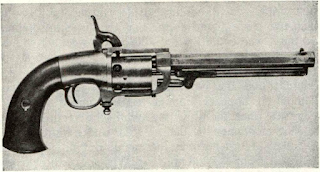One of the battle-worn limited issue revolvers
Confederate association which has caused the Butterfield to be listed as “Confederate,” for there is no
The Ira Harris Guard, under command of Colonel O. De Forest, was raised as a volunteer force during
When the Commission on Ordnance Stores stood
Though De Forest failed to answer a summons of
Hagner and Judge Holt could not find it in their
No obligation rests upon the government, however, to carry
Water, water, all around, and not a drop to drink,
Confederate association which has caused the Butterfield to be listed as “Confederate,” for there is no
The Ira Harris Guard, under command of Colonel O. De Forest, was raised as a volunteer force during
When the Commission on Ordnance Stores stood
Though De Forest failed to answer a summons of
Hagner and Judge Holt could not find it in their
No obligation rests upon the government, however, to carry
Water, water, all around, and not a drop to drink,

Comments
Post a Comment